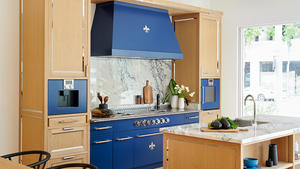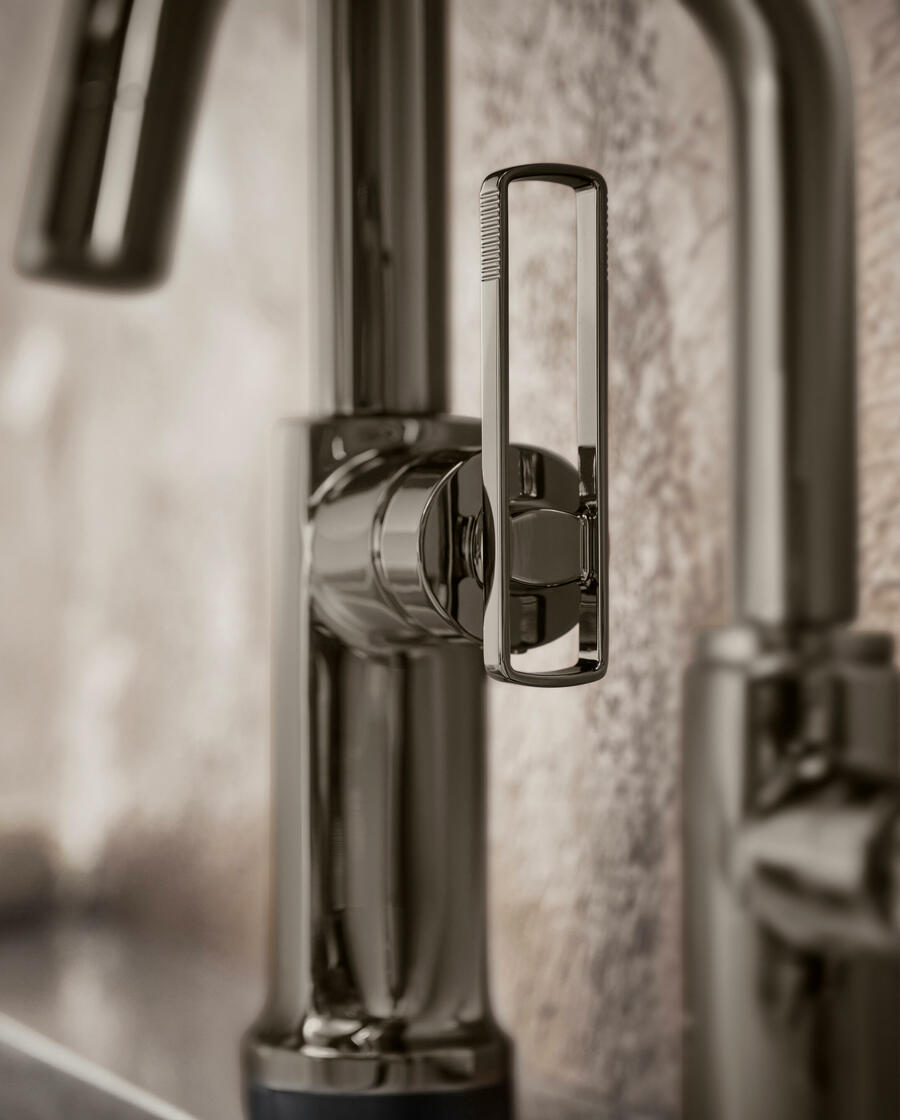As government agencies go, the Consumer Product Safety Commission (CPSC) isn’t typically the one you’d expect to generate front-page news. But that’s just what happened earlier this week when an agency commissioner, Richard Trumka Jr., told Bloomberg that the CPSC could consider a ban on gas stoves. The mere suggestion sent consumers and news outlets alike into a frenzy.
Details on what a ban would mean are scant, and Trumka has already walked back his statement, saying in a tweet: “To be clear, CPSC isn’t coming for anyone’s gas stoves. Regulations apply to new products,” he said as clarification, before adding that the newly passed Inflation Reduction Act also includes a rebate to replace equipment like gas stoves with electric alternatives.
Used in about 40 percent of American homes, natural gas stoves emit nitrogen dioxide, carbon monoxide and fine particulate matter, exposure to all of which has been linked to respiratory illnesses, cardiovascular problems, cancer and other conditions. The risk for childhood asthma is particularly striking, with Harvard Medical School estimating that, during 2019 alone, almost 2 million cases of new childhood asthma worldwide were estimated to be due to nitrogen dioxide pollution.
In spite of this week’s uproar, banning gas hookups in new construction is far from unheard of—or even radical—to anyone who has been following the topic. Nearly 100 cities and counties, San Francisco and New York among them, have already adopted policies that move away from gas-powered buildings. In each of those cases, the rules apply to new buildings that fall into specific categories—in New York, for example, the policy will only apply to new buildings exceeding seven stories.
While a ban is a possibility, there are a number of more moderate forms that new gas stove regulations could take, from warning labels to more rigorous performance standards. Like much of the CPSC’s work, the burdens of the regulations would primarily fall on manufacturers, who, should the agency move forward with such plans, are all but certain to contest the rules in court. According to Trumka, following a period of open public comment planned for later this year, the CPSC could issue its proposal in 2023, though he admitted that would be a relatively speedy timeline.
All told, it seems clear that, much like the slow shift to electric vehicles in the automotive industry, government regulations on gas stoves would give the home industry a shove toward an all-electric future. While an electric cooktop might bring to mind images of an unsightly, glowing coil, the reality of the high end of the category is sleek induction ranges that have been popular in Europe for years. Induction ranges generate energy from an electromagnetic field below the glass cooktop, which then transfers current directly to the cookware instead of the surface. But, no matter how energy-efficient or healthy the alternative may be, the question remains: Will American consumers let go of their beloved gas ranges?
“I don’t know what it is about Americans, but we love to see a flame when we’re cooking,” says Carisha Swanson, the director of editorial special projects at House Beautiful. To Swanson’s point, Samsung’s induction offerings include one cooktop that projects a virtual flame on to pots and pans in order to simulate the effect of gas. “It is a smart idea because people often just don’t get induction,” she says. “Looking at kitchen design, there’s something about a 48- or 60-inch range that feels high-end and professional, and those products are still mostly gas. Convincing people to make the switch … it’s tricky.”
To continue the comparison to the car industry, much like hybrid electric vehicles were embraced more quickly than all-electric ones, luxury appliance brands like Signature Kitchen Suite and Fisher & Paykel have begun rolling out dual-fuel ranges featuring both induction and gas burners. “They’re trying to get people comfortable with induction without going all in,” says Swanson. “It gives consumers the option of a baby step.”
Richard T. Anuszkiewicz, a senior designer at Design Galleria Kitchen and Bath Studio, which has offices in Atlanta and Nashville, says that the dual options are gaining popularity among luxury clientele. “There’s a lack of awareness about induction from the end consumer,” he says. “To look at them, they look like simple electric cooktops, but the technology is more sophisticated.”
Like Swanson, he thinks the industry has been tiptoeing in this direction for years and that future regulations will merely speed up the process. “To me, ultimately this just means an opportunity for new products, new innovation and for us designers to be more creative with kitchen design,” says Anuszkiewicz. “I see it as an overall positive from the point of view that it really is an opportunity for us all to start writing the next chapter for kitchens.”
Homepage image: ©EmilyKam/Adobe Stock




















.jpg?1680191853)








